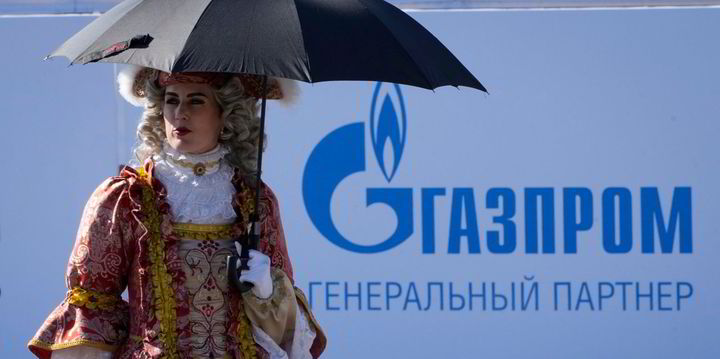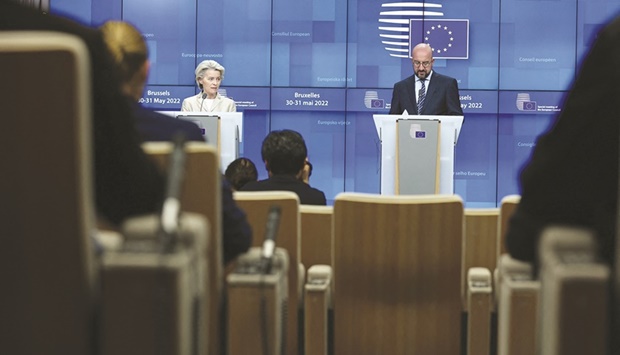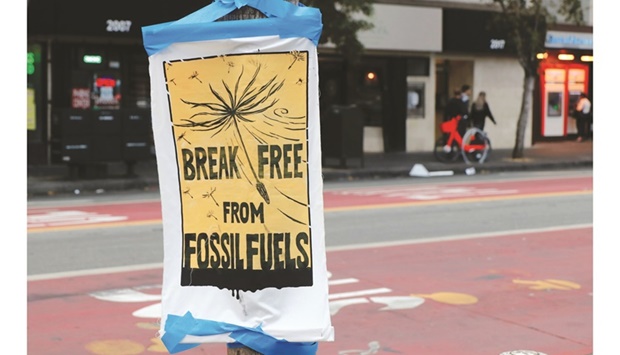Gazprom cuts more customers in Europe, but rewards shareholders with dividend

Russian gas giant’s exports have fallen 28% this year, and decline would have been higher were it not for European push to replenish gas storage
Gazprom has announced it has halted gas supplies for two more customers in Europe, effective from 1 June, after both declined to accept changes in payment terms imposed by the Russian company’s foreign trading subsidiary.
Gazprom identified Denmark’s Orsted Salg & Service and UK-based Shell Energy Europe as the affected customers.
The Russian company added that it supplied close to 2 billion cubic metres of gas to Orsted in 2021, equivalent to about two thirds of Denmark’s natural gas consumption.
Gazprom added that its contract with Shell Energy Europe called for the delivery of 1.2 Bcm of gas in 2022, mostly to consumers in Germany.
UPDATED: EU agrees to ban 90% of Russian oil imports by end of year
Read more
According to Gazprom, both customers had failed to switch to a new payment system by 31 May, even after they were requested to do so by the Russian government.
At the end of March, Russian President Vladimir Putin ordered Gazprom to amend its contracts with European customers to divert their payments in euros or US dollars for delivered gas to Moscow-based Gazprombank.
These payments would then have to be fully converted into rubles and credited to Gazprom’s local accounts in order for payments for gas deliveries to be considered completed.
Orsted chief executive Mads Nipper said: “We stand firm in our refusal to pay in rubles, and we’ve been preparing for this scenario, so we still expect to be able to supply gas to our customers.
“The situation underpins the need of the European Union becoming independent of Russian gas by accelerating the build-out of renewable energy.”
Since there is no gas pipeline running directly from Russia to Denmark, Russia will not be able to cut off the gas supplies to Denmark directly, but the Russian move will necessitate increased gas purchases on the European gas market, Orsted said.
Halting supplies to Shell Energy Europe and Orsted follows similar moves by Gazprom in recent weeks to stop gas supplies to Finland, Poland and Bulgaria.
Executive director of Ukraine’s gas transmission authority Operator GTS Ukrainy, Sergey Makogon said on his social network page that he believed it is time for the EU to introduce restriction on the Nord Stream subsea pipeline that carried Gazprom’s gas directly to Germany.
Officials in Ukraine and Poland, together with independent industry observers, have led a chorus of accusations against Russia for what they describe as the “weaponsising” of the Russian pipeline gas to exert geopolitical leverage in Europe.
Despite its contractual obligations to send close to 110 million cubic metres of gas via Ukraine to Europe in 2022, Gazprom has been scaling down shipments, with transit gas flows down to 41 MMcmd just this week.
Gas exports down, dividend up
Between January and May, Gazprom’s gas exports to Europe and Turkey fell by almost 28% to 61 Bcm, the company said on Wednesday.
Gazprom’s total gas production during this period also declined by 5% to just over 211 Bcm.
Ignoring the challenging market outlook, Gazprom announced record high dividends on its stock for 2021, amounting to 1.24 trillion rubles ($20.7 billion).
The government is set to receive just over a half of that payment as it holds an over 50% shareholding in the company.
Managing partner at Moscow based energy consultancy RusEnergy, Mikhail Krutikhin, suggested that such high payout may be linked to additional expenses that Russian authorities incur in relation to the invasion of Ukraine.
According to Krutikhin, authorities may not see similar high dividend payments from Gazprom for 2022 because its profitability may decline as a result of lower gas exports.
Meanwhile, spot market gas prices declined by almost 6% to about €89 ($96) per megawatt in Wednesday trading on Wednesday, according to the London-based ICE Exchange.
The shift was attributed to reports of large customers of Gazprom in Europe accepting the new payment arrangement.
https://www.upstreamonline.com/production/gazprom-cuts-more-customers-in-europe-but-rewards-shareholders-with-dividend/2-1-1228805?utm_source=email_campaign&utm_medium=email&utm_campaign=2022-06-01&utm_term=upstream&utm_content=daily








